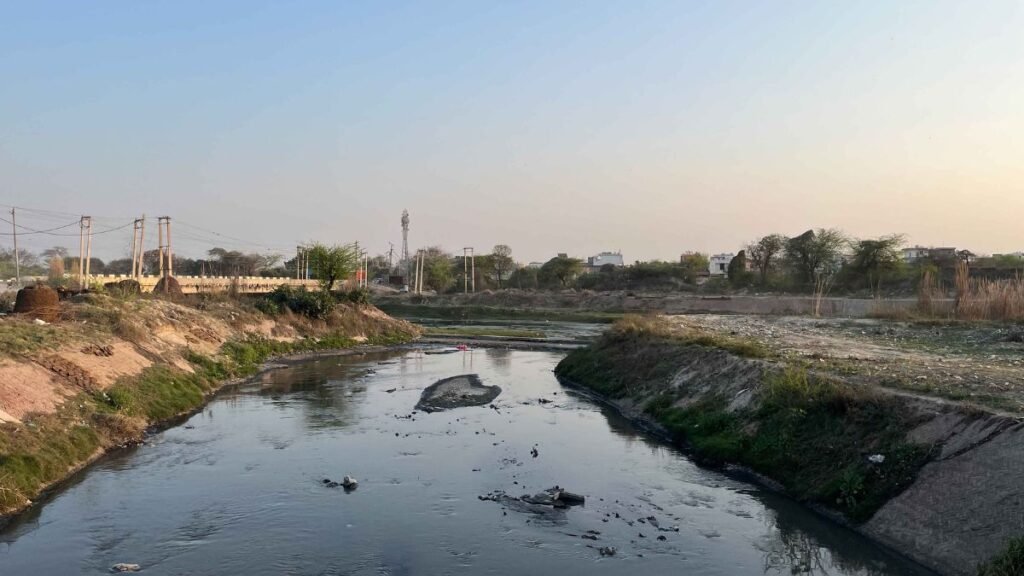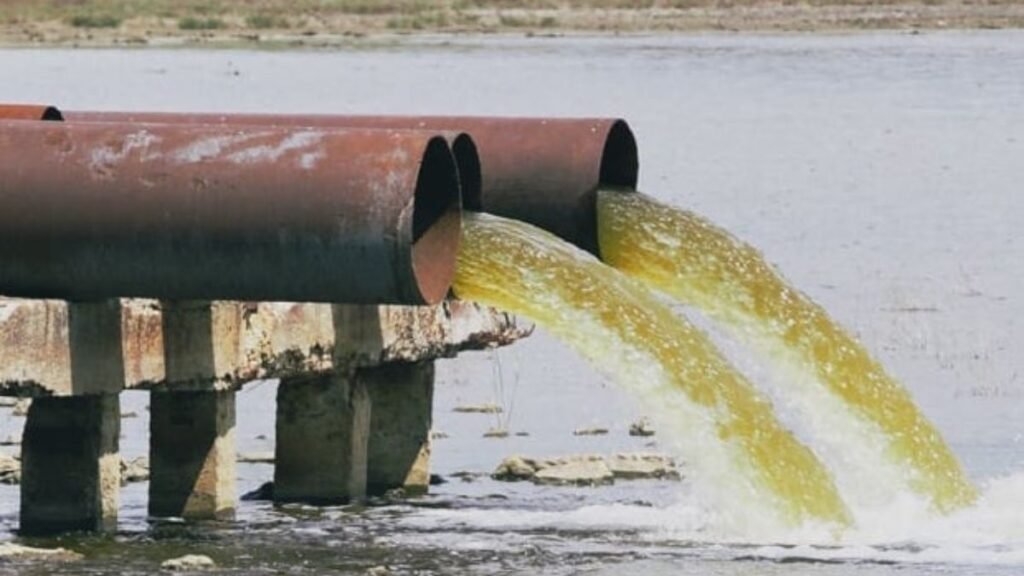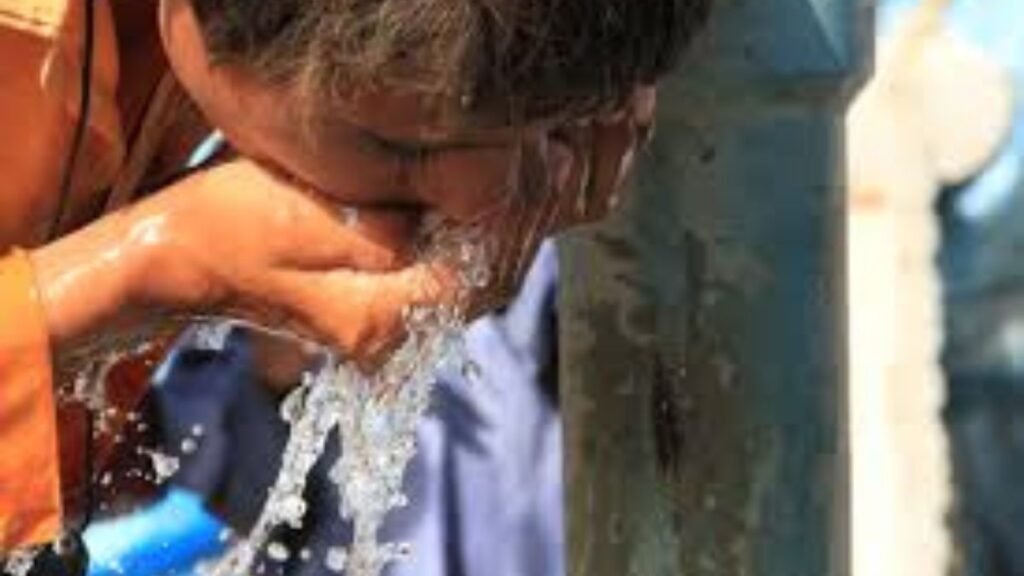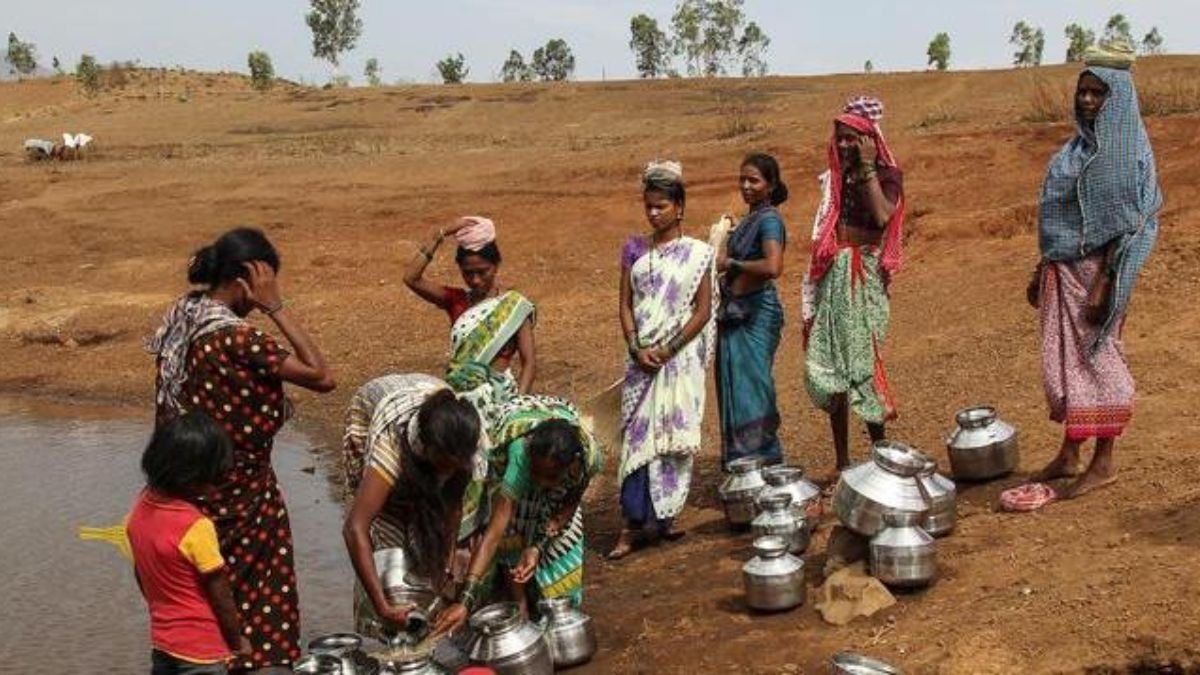Concerns regarding water quality have become a priority in several countries around the world, including India, with more attention being paid in rural than urban areas. Water supplies in rural communities are mostly unsafe. Note that this results from lack of sanitation, but more importantly, it is itself responsible for various waterborne diseases.
What are the effects of water pollution in rural areas?

Recent studies have shown that there are 34,212 water discharge points in the rural United States. Imagine how high that number could rise in a large agricultural country like India. Domestic well water or other sources are the mainstay for the rural areas, but these are either not subjected to periodic tests or do not have some of the basic elements—fluoride, for example.
The rural population tends to get more unfluoridated water than the urban population giving them more chances of developing dental caries. Again, urban pollution sources often reach rural areas along rivers and surface water making these people indirect casualties too.
Role of fluoride and impact of its unavailability
Fluoride happens to be one element supporting teeth. It prevents dental caries and strengthens teeth. However, fluoride levels in water in numerous rural areas are either negligible or even non-existent. The “My Water’s Fluoride” database developed by the US CDC stands testimony to the fact of various public water systems that either do not fluoridate or do so inadequately.
The scenario in India is no different. Even today, numerous villages, much less fluoride, find it hard to get clean drinking water. Under such conditions, in addition to increasing dental diseases in children, bone problems also begin to creep in among adults.
Effects of industrial and agricultural pollutants

Not only are rural water sources affected by a fluoride deficiency; direct discharge of industrial and agricultural pollutants (pesticides, fertilizers), and various other chemicals are polluting the surface and groundwater.
The Environmental Protection Agency has recognized sources of pollution, assigned types of pollution to them, and characterized their locations and amounts. This information indicates what areas are polluted and what is its effect on the people living there.
Aim and process of research
This research primarily aims to investigate the availability of fluoride and health risks due to water pollution, especially pertaining to rural-urban contrast.
Specifically, in this research:
- Fluoride availability will be measured in several places.
- Information about pollution types and sources will be obtained from the EPA.
- Fluoride status and composition of water sources will be assessed by the CDC’s “My Water’s Fluoride” database.
- Impacts on population health will be assessed using databases, including the US Census and BRFSS (Behavioral Risk Factor Surveillance System).
- Spatial mapping approaches will analyze pollution spread linking local-urban interaction.
Water pollution and health hazards

Health experts have prevailed that cruciating evil effects on cancer disease, kidney troubles, neurological ailments, and poor mental development in children arise from drinking water contaminants like arsenic, nitrates, and lead.
According to the SEER database, regions with water pollution levels have high incidences of some types of bladder cancer and skin cancer. Also, BRFSS survey data indicates that heart disease and dental caries are more prevalent in the general area of concern.
Policy recommendations and way forward
This study does help inform policymakers in taking appropriate decisions toward improving water quality. Some points that stand out are:
- Strengthening rural public water supply systems.
- Ensuring timely supply of fluoridated water.
- Control and vigilant monitoring of industrial discharges near water sources.
- Providing education for rural health workers on water quality.
- Promoting local laboratories for water testing.
Incorporating environmental knowledge into rural healthcare systems
The water quality matter is no longer merely a technical matter, but a giant spoke in public health. When assessing their patients, rural health workers should be aware of whether the patient may have been affected by polluted water. This requires environmental literacy, that can be enhanced with findings of this study.
Conclusion: Clean Water, Safe Life
Water is life; all of us agree. But unless water quality is assured, this life is unsafe. Clean and safe water availability for rural India, where over 60% of the population lives, is a key to health, economic, and social development alike.
This study makes us think about clean water not being simply a luxury, but a right that should be ensured for every rural citizen through co-joint power.
FAQs
Q1. What are the main water quality issues rural areas face today?
A. Rural areas often rely on untreated well water that lacks proper filtration or fluoridation. This increases exposure to chemical pollutants from agriculture or industry, making it a serious public health risk.
Q2. How does lack of fluoride in rural water affect people’s health?
A. Without fluoride in drinking water, rural communities are more prone to dental decay and related health issues. Children and elderly people are particularly at risk due to weaker dental defenses.
Q3. Are urban pollution sources impacting rural water systems?
A. Yes, many pollution sources in urban areas discharge into rivers and streams that flow into rural regions. These upstream pollutants can travel long distances and contaminate drinking water far from the original source.
Q4. How does this research help improve water safety in rural communities?
A. The study maps pollution sources, fluoride access, and health outcomes to identify high-risk areas. This helps policymakers create targeted solutions for cleaner, safer rural water systems.
Q5. Can poor water quality lead to serious diseases in rural populations?
A. Absolutely. Contaminated water may cause cancers, kidney disease, developmental issues in children, and other chronic illnesses. Long-term exposure without treatment poses a major public health challenge.

